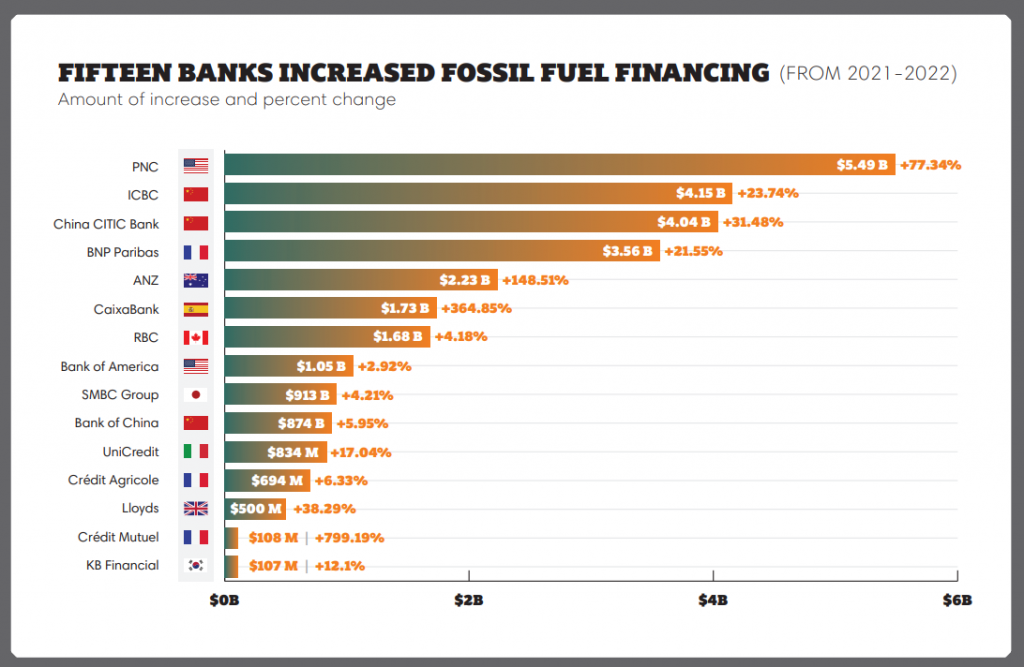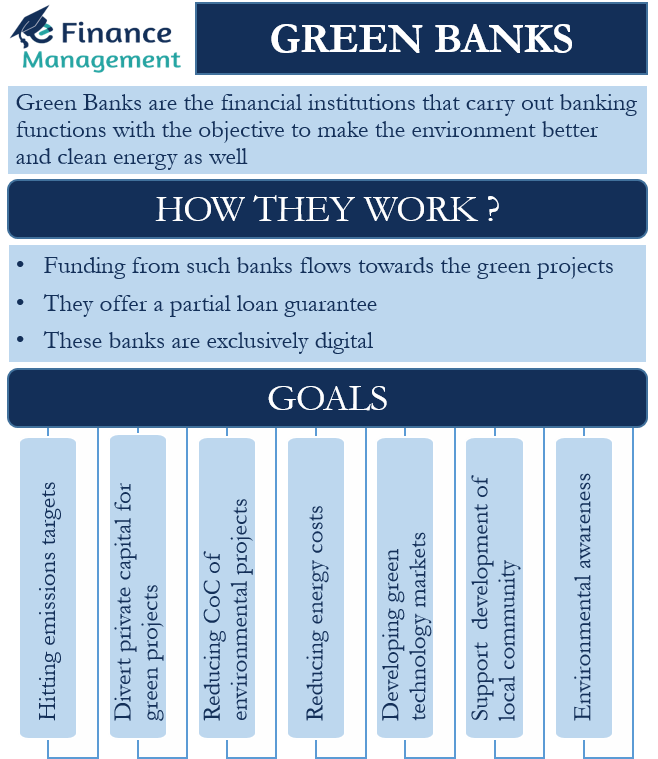India has grown to be extremely vulnerable to Climate Change; this is no newsflash!
And it is one of the reasons the country has been bracing itself to control emissions through various methods like Renewable purchase obligation, 100 percent FDI allowed for renewable energy production & distribution, upscaling its Nationally determined contributions (NDCs), introducing carbon offsetting and trading etc.
Though sustainability has become intrinsic to every policy and strategy of individuals, businesses, philanthropists and governments alike, the newly embraced concept of green finance is still evolving. There is not a limit to its faces that includes bonds, equity investments, ESG investments, loans etc.
Global investments continue to flow actively into emerging fintech based green start-ups that focus more on reducing human-caused burden on the planet as well as its people.
If we are to believe the government’s very own investment agency by the name Invest India, the country’s ongoing renewable energy projects are worth $196.98 billion.
ESG investments have also garnered tremendous support worldwide as they attempt to empower investors by investing in the bleak yet possible survival of humankind.
And various other opportunities are emerging with ongoing innovations in the green energy space.
For instance, green buildings, carbon capture and storage, green hydrogen are a few of the prominent interests and trends today.
With the advent of climate change, alternative yet innovative technologies have helped in sustaining energy efficiency in buildings by keeping them cool. This has sufficiently opened investment opportunities, which are to reach US$1.6 trillion by 2040.
This gap in our ecology and industry has fostered importance for many countries who might benefit from the changing wheels of time.
India, being the most populous country, has become a decent contributor to the carbon emissions and hence it is time to become beneficiary of this evolution as well.
Advocacy on newly introduced policies and forging public-private relationships prove necessary in increasing green finance mechanisms and therefore, boost energy transition to drive economy to net zero by 2070.
But all this arrangement will not yield if banking is not involved.
Because as per a report by the Ministry of New and Renewable Energy, the country already is in need of 15000 to 20000 crores annually just as Foreign Direct Investment (FDI) in the Renewable energy sector alone.
This indicates well enough that there is a gap that needs to be filled and at an accelerated pace. Therefore, besides the big banks calling it green, several NBFCs, venture capitalists or PE fund managers have begun to find interest in these clean finance opportunities.
Similarly, it is not just the domestic players who are testing the country’s green space dynamics, numerous clean energy projects of India have found their sponsors in the international organizations such as Asian Development Bank (ADB), New Development Bank (NDB), World Bank etc.
For better, these organizations have increased their funding in the country, thereby reducing the gap and undue influence in commercial investments in renewable energy and rapidly gain the trust of various stakeholders including investors, citizens, environmentalist etc.
What role can the Indian Banks play in India’s energy transition?
A recent assessment by the Climate Risk Horizons has shown that despite the growing vulnerabilities of the country around climate change and its promises to phase down the usage of coal and other fossil fuels, India’s topmost commercial banks remain oblivious to India’s targets.
The banks functioning in the Indian market have not yet accounted for Climate change and its impacts in its policies and operations which may be detrimental, if not futile, to the ambitious $160 billions annual need for its energy transition.
This means that these banks have no foreseeable plans to exclude or lower down the use of coal and have not even calculated their respective risk assessments.
An expert explains: “The policy should be a mix of engagement and exclusion, with specific criterion laid out for each par”.
Lack of resilience is a super sign of ignorance and is deemed to be risky.
The report mentions: “Only 10 of the top 34 banks have disclosed their finances directed towards renewable energy. Nine out of the 34 banks have mentioned financing green activities without disclosing the amount disbursed. The remaining 15 banks have either a broad commitment to extend lending towards the sector with no further details provided or have no such plans at all.”
For example, one of the leaders in Indian Banking arena, the State Bank of India (SBI) poured in nearly $21.5 billion or Rs 1.57 lakh crore in financing fossil fuel development between 2016 to 2020. This comes additional to the bank’s ignorance for its net-zero emissions commitment anytime soon.
Though the Reserve Bank of India (RBI) has introduced a framework to promote green deposits and finance flow in the Indian market, there is an absolute dearth of tax or interest rate incentives for its users.
Similarly, RBI has included Renewable Energy under the ambit of Priority Sector Lending that ensures promotion of development and investment in green energy sources as developers may find it easy to avail loans with inflated liquidity in the sector but have not yet restricted easy funding available for fossils in plenty.
RBI seems to be now waking up from its slumber. But shall Indian commercial banks remain dependent on the central bank for a decent action on some crisis that will undoubtedly impact them too?
However, there happens to be certain segments of the renewable energy market which continue to gain prominence yet are starved of finance, including rooftop solar, especially for the small and medium scale enterprises (MSMEs), or solar energy benefits in agriculture, tribal communities, ecostays etc.
However, this only gets derailed with Indian banks’ lending practices remaining unavailable or meekly available in the public domain, most of which are only received as disclosures under Basel or other frameworks.
But if we are correct to note, climate adaptation is largely a public issue wherein central as well as state governments work for preparedness or mitigation strategies.
Consequently, the dedicated Finance Institutions or Development institutions can help in realizing these new-found business models adding innovation to climate financing.
And in this way, a great variety of banks can play a great and positive role in the same.
With a true commitment showcased during the pandemic, Indian banks served its own clientele with vigor. Also, with bigger struggles to come, any such potential appears lost for now.



